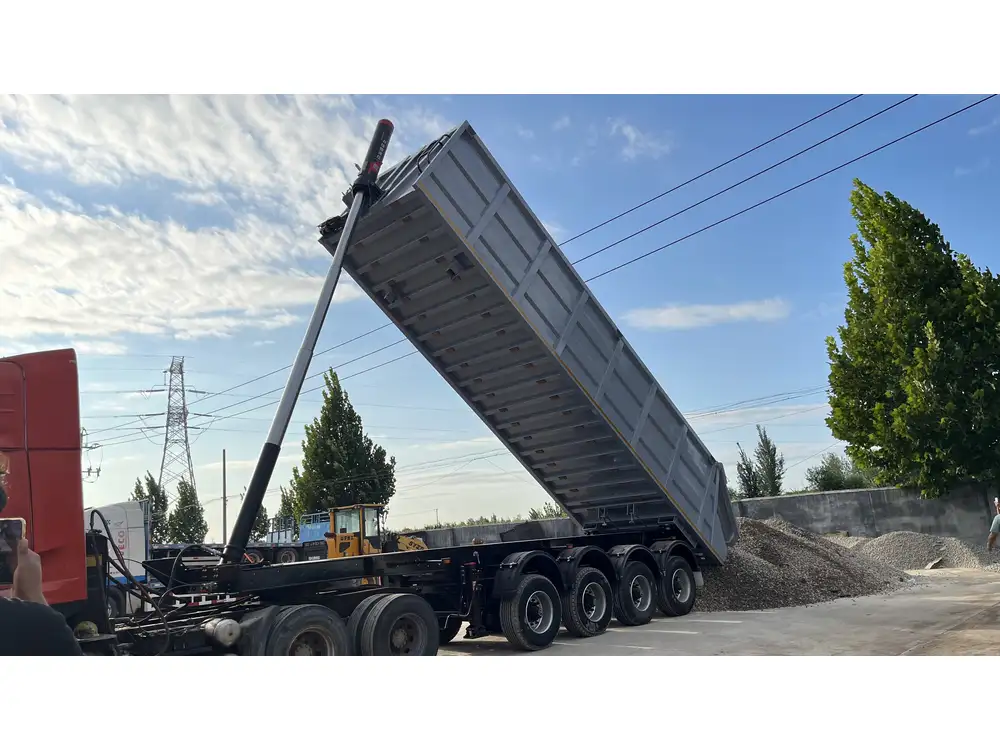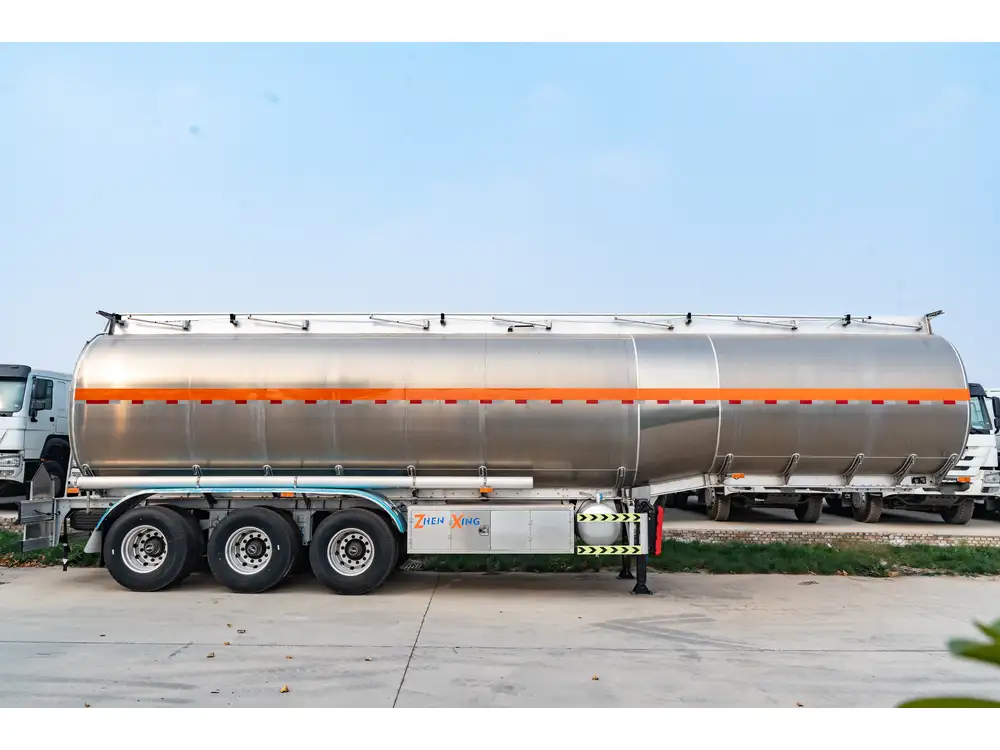When a dump trailer malfunctions or experiences a mechanical issue, it can lead to frustration and potential losses in operational efficiency. Learning how to effectively bring a dead dump trailer down is crucial for operators, maintenance personnel, and fleet managers alike. This guide provides a thorough overview of methods and considerations for efficiently addressing this issue.
Understanding Dump Trailer Components
Before delving into specifics, it’s essential to recognize the primary components of a dump trailer that facilitate its operation. These components include:
| Component | Function |
|---|---|
| Tipping Mechanism | Operates the dump bed to lift materials for unloading. |
| Hydraulic System | Powers the tipping mechanism. |
| Chassis | Provides structural integrity and supports the load. |
| Axles and Wheels | Enable mobility and support the weight of the trailer. |
| Braking System | Essential for stopping and controlling the trailer. |
Understanding these components aids in diagnosing issues and determining the appropriate actions needed to bring the trailer down effectively.
Diagnosing the Problem

Common Issues That Render a Dump Trailer Inoperable
Before attempting to bring a dead dump trailer down, it’s vital to assess the problem accurately. Some of the common issues include:
- Hydraulic Failure: Often, the hydraulic system is the source of the problem. This can be due to leaks, air in the system, or hydraulic fluid depletion.
- Electrical Malfunctions: Faulty wiring or blown fuses in the hydraulic control system can disrupt functionality.
- Mechanical Failures: Components like the pump, cylinders, or tilt mechanisms may fail due to wear and tear.
- Brake Problems: If brakes are locked or malfunctioning, it may hinder the trailer’s ability to move.
Steps for Diagnosis
1. Conduct a Visual Inspection
Examine the trailer for any obvious signs of wear, damage, or leaks, focusing on:
- Hydraulic hoses and fittings
- Electrical connections
- Brake lines and components

2. Check Hydraulic Fluid Levels
Ensure the hydraulic reservoir is filled to the proper level. Low fluid can prevent the hydraulic system from functioning correctly.
3. Test Electrical Components
Using a multimeter, test the voltage at key points in the hydraulic electrical system. Look for:
- Blown fuses
- Corroded connectors
- Signs of burnt wiring
4. Examine the Braking System
Inspect the brake system thoroughly. This includes:
- Checking brake fluid levels
- Testing manual releases, if applicable
- Inspecting for corrosion or mechanical faults

Bringing the Dump Trailer Down
Once you identify the underlying issue, you can begin to bring the dead dump trailer down. Here’s a systematic approach:
Safety Precautions
Before commencing repairs, it’s essential to:
- Wear appropriate personal protective equipment (PPE).
- Ensure the area around the trailer is clear of obstacles and bystanders.
- If the trailer is stuck due to a hydraulic issue, ensure it is secure to prevent accidental movements.
Step-by-Step Process

A. Addressing Hydraulic Issues
- Locating the Issue: If a hydraulic cylinder is stuck, check for leaks or blockages around the cylinder.
- Bleeding the System: If air is present in the hydraulic lines, bleed the system. This typically involves loosening the bleeder valve (on the hydraulic cylinder) until fluid runs without air bubbles.
- Using a Manual Override: Many dump trailers come with a manual override feature. Locate this and initiate the dump process manually, allowing the trailer to lower gradually.
B. Fixing Electrical Problems
- Replace Fuses: Identify blown fuses and replace them with the correct amperage.
- Repair Wiring: Look for frayed or damaged wires and repair them with appropriate connectors.
- Check the Switches: Test the operation of switches with the multimeter, replacing any that are malfunctioning.
C. Resolving Mechanical Failures
- Inspect and Replace Parts: For worn-out components, such as hydraulic pumps or cylinders, replace them with compatible parts.
- Lubrication: Ensure that all moving parts are adequately lubricated to prevent mechanical failures.

D. Adjusting the Brake System
- Manual Release: If the brakes are locked, engage the manual release (if available) to free the brakes and allow the trailer to move.
- Brake Inspection: Look for any damaged brake pads or lines, replacing them as necessary.
Mitigating Future Issues
Regular Maintenance Checks
To prevent experiencing a dead dump trailer scenario in the future, establish a regular maintenance schedule that includes:
- Hydraulic System Maintenance: Check and replace hydraulic fluid regularly. Inspect hoses for leaks or wear.
- Electrical System Checks: Routinely inspect all electrical components, including battery connections, switches, and fuses.
- Chassis and Mechanical Inspections: Look for signs of rust, wear, or damage. Address these during routine checks.
- Brake System Audits: Regularly assess the brake functionality to catch potential failures early.

Training and Familiarity
Training operators on the various functions of the dump trailer can significantly streamline handling issues. Familiarity with the mechanisms will allow them to act quickly in troubleshooting and repairing, minimizing downtime.
Conclusion
Bringing a dead dump trailer down requires a multifaceted approach that includes diagnosing the problem accurately, addressing hydraulic, electrical, and mechanical issues, and implementing regular maintenance protocols. By understanding the components of a dump trailer and adhering to safety precautions, operators can efficiently resolve issues and reduce future occurrences of inoperability. This proactive approach not only enhances operational efficiency but also extends the lifespan of the dump trailer.
By following the guidelines detailed in this article, you can ensure that your operational capabilities remain intact, allowing your business to thrive even in the face of mechanical challenges.



